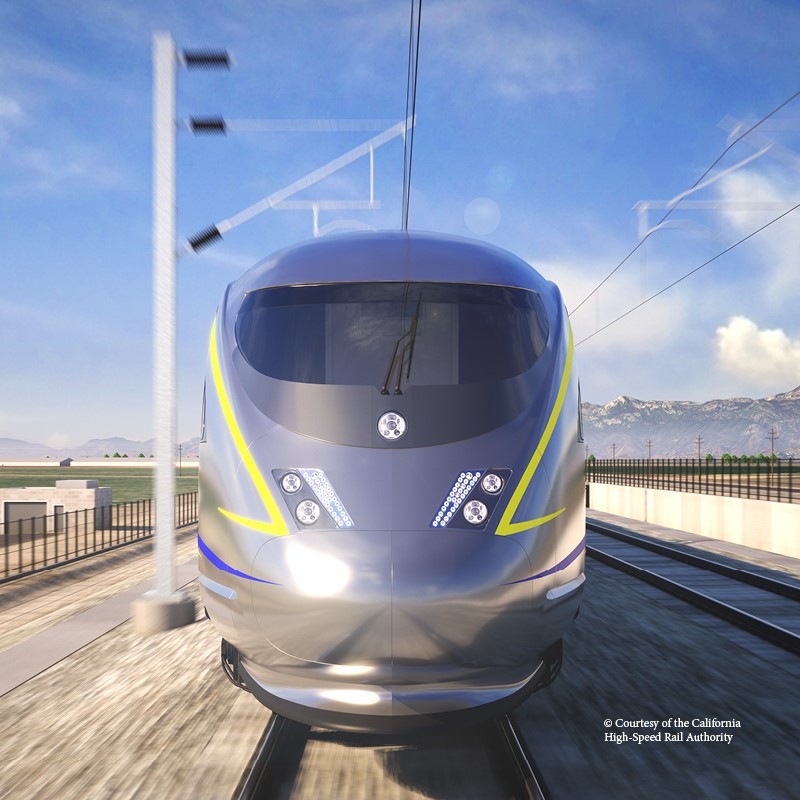If the incoming administration doesn’t end the great train robbery, then Congress might. Republican Rep. Kevin Kiley of Rocklin plans to introduce legislation that eliminates federal funding “for the failed California High-Speed Rail project.”
Vivek Ramaswamy, who with Elon Musk is leading the Department of Government Efficiency, called the California bullet train “a wasteful vanity project, burning billions in taxpayer cash, with little prospect for completion in the next decade.” President Donald Trump, he added “correctly rescinded” roughly $1 billion “in federal funds for this boondoggle in 2019” before the Biden administration reversed the decision and “doubled down.”
“Time to end the waste,” said Ramaswamy.
If the project is terminated through a mercy killing, what will the state do with the few pieces of infrastructure that the project has struggled so mightily to complete? Some suggestions for the abandoned concrete and steel:
- “It’ll make great canvasses for graffiti, just keep the crappy stuff off and only let the really artistic people do it.”
- “Standalone abutments will make really sturdy supports for billboards.”
- Left as is as a monument to government incompetence so that future generations will have a constant lesson in how to avoid previous mistakes. Transportation analyst Wendell Cox says this would be like leaving parts of the Berlin Wall in place as a reminder of how politicians and bureaucrats waste taxpayers’ dollars.
- Sell off chunks of concrete like the Germans did with the Berlin Wall and repurpose other pieces to help widen the I-5 freeway.
- Build a visitor center and sell tickets to visitors who want to see just how much wasn’t done.
Obviously, some of those proposals are facetious. But there are practical uses. One commenter on Quora suggested that “unused building materials could be transferred to Caltrans or sold to recoup some of the wasted money,” while property that had “been condemned and seized through eminent domain but not yet used could be sold back to the person from whom it was taken.” Artificial intelligence insists that “the rights of way and viaducts could be used for other purposes, such as conventional passenger or freight trains.”
Marc Joffe, visiting fellow at the California Policy Center, suggests converting the right-of-way “to a bike trail that would also be open to e-bikes, scooters, e-scooters, and other ultra-small electric vehicles.”
“A lot of former rail lines have been converted to trails,” he says, including “the Iron Horse Trail in Contra Costa County.”
UCLA economics professor and Hoover Institution senior fellow Lee Ohanian once said that “if sensible economics prevails – and that is always a big ‘if’ in California – then the state should cut its losses and pull the plug on this project because it does not pass a reasonable benefit-cost analysis.” In the six years since he wrote that, the prospects for the high-speed rail have only grown more grim, its cost-benefit ratio even further out of balance. If officials don’t want to see reminders of their wastefulness and self-serving dreams, they could always dismantle the few pieces that have been cobbled together and sink them with the “investment” that will never be recovered.
Kerry Jackson is the William Clement Fellow in California Reform at the Pacific Research Institute.
(Photo credit: California High Speed Rail Authority)

